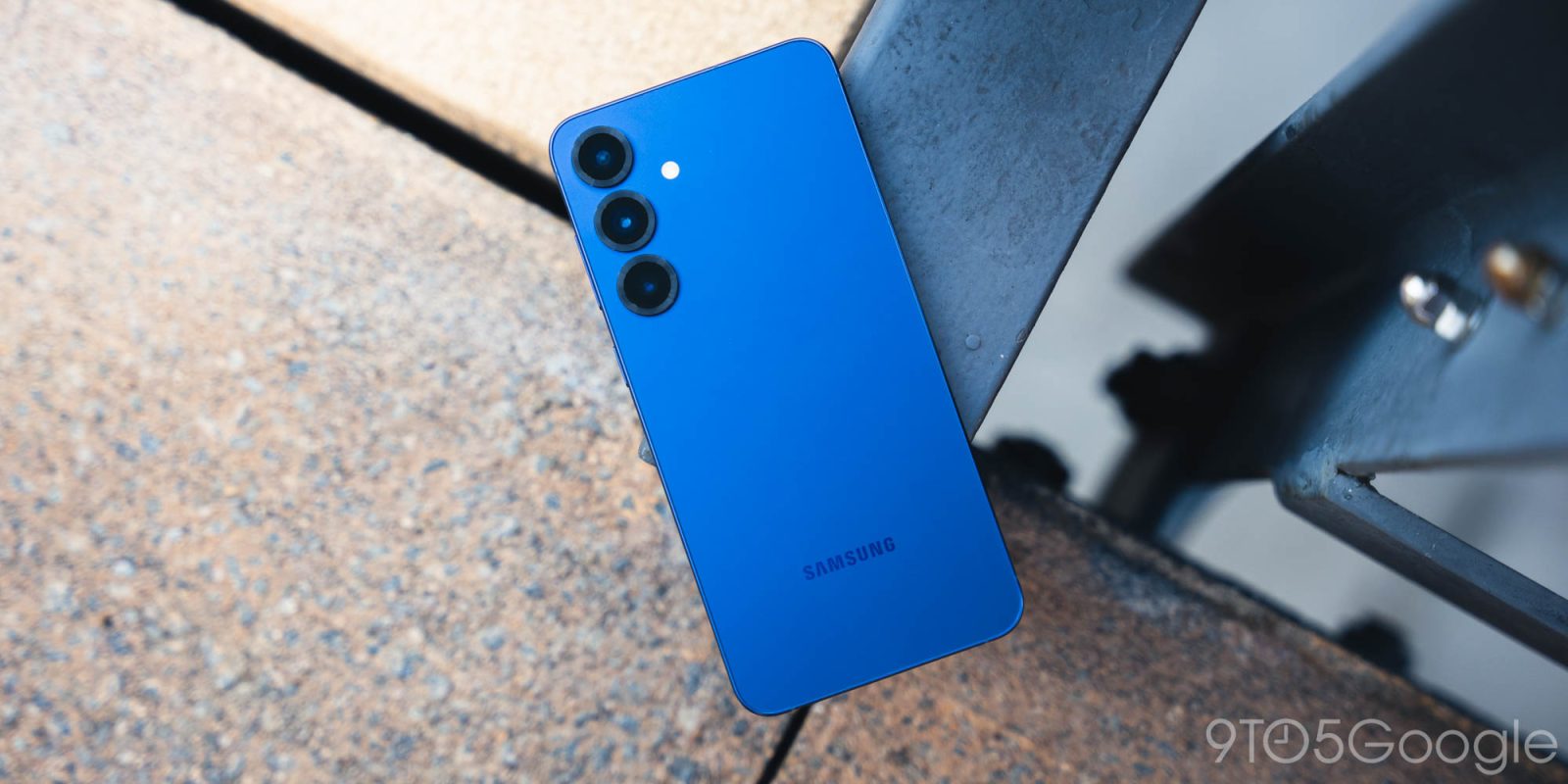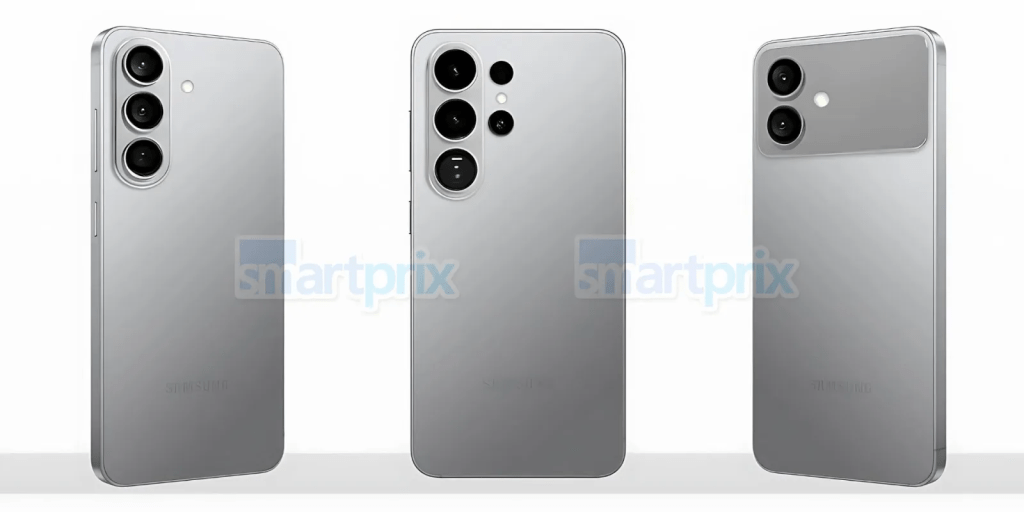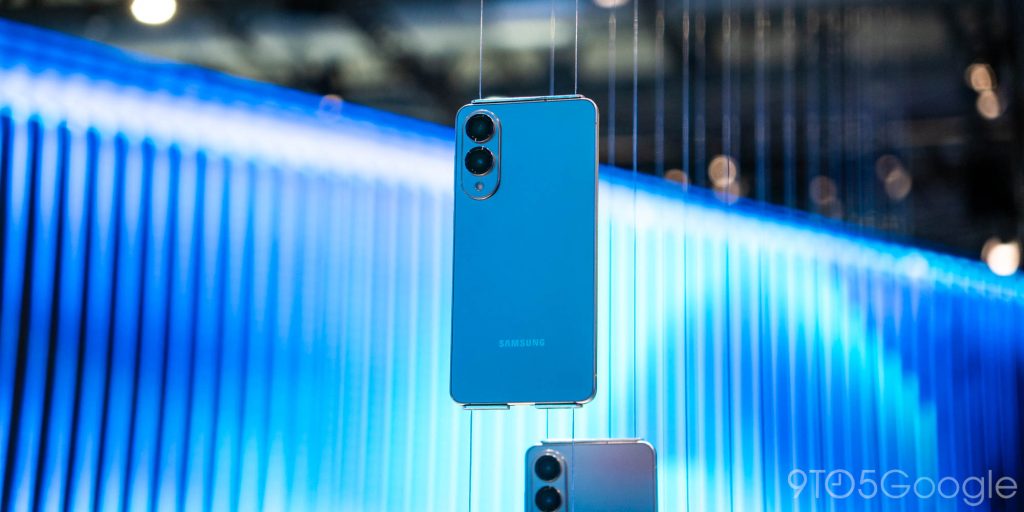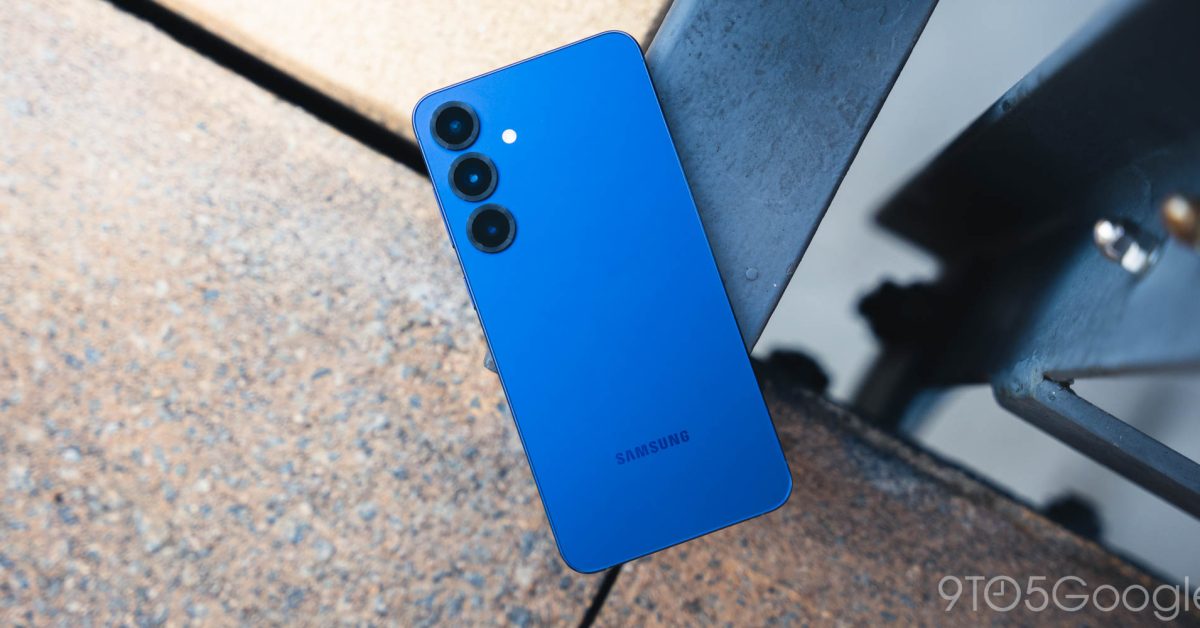
The last few months of rumors have set Samsung up for a vastly different Galaxy S-series in 2026 than we’ve seen in recent years. In the span of just a couple of days, however, those looking for a more exciting non-foldable Galaxy release have watched their dreams shatter in real-time.
According to a new report from SamMobile, the Galaxy S26 ‘Pro’ that we’ve been hearing about for months now is actually just… the Galaxy S26. It’s a revelation that certainly makes a lot of sense, considering every leak about next year’s entry-level Samsung flagship sure sounded in-line with what we’d expect from a Galaxy S25 successor. Despite some early excitement from Galaxy fans, it became obvious pretty quickly that if Samsung did ship a device called the “Galaxy S26 Pro,” it’d be a change in marketing only, a way to perhaps compete with Apple’s higher-end devices rather than squaring off more directly with the base iPhone 17.
However, combined with yesterday’s news that the Galaxy S26 Edge — and indeed, Samsung’s entire ultra-thin lineup, of which there has been exactly one device so far — is dead, replaced with a Galaxy S26+ substitution that will presumably find itself in line with what you’d expect from a sequel to this year’s Galaxy S25+. While we might see some superficial changes like a refreshed camera bump in line with Galaxy S26 Ultra leaks, I can’t imagine next year’s middle child sporting a revolutionary design.
If you’re disappointed, you’re probably not alone. Even among Samsung die-hards, I think there’s an appetite for this company to revitalize its mainline series, just as it did this past summer with the Galaxy Z Fold 7. Recent rumors tell us the Galaxy S26 Ultra is likely to remain relatively unchanged, save for that aforemention larger camera module that arrives without any real sensor upgrades. Despite that rumored — and seemingly debunked — ‘Pro’ moniker, only the S26 Edge was really set to bring any major shake-ups to Unpacked next year, and that dream, too, seems dead.
Advertisement – scroll for more content
Samsung’s Galaxy S26 lineup suddenly doesn’t sound all too exciting
 Two of these three phones sure look familiar, and the other one’s apparently dead.
Two of these three phones sure look familiar, and the other one’s apparently dead.
It’s particularly frustrating, because the market appears to be telling Samsung there’s great success to be found with a little change. The Galaxy Z Fold 7 has been selling incredibly well since its launch earlier this year, breathing some new life into a stagnant foldable market here in the US and launching Samsung into real competition with various Chinese OEMs for the first time in a few years. After slow-rolling changes to its smartphones for the better part of this decade, Samsung finally chose to make a leap with one if its biggest, most expensive devices — and was immediately awarded by the market for doing so.
Which makes the choice to keep the mainline Galaxy S-series predictably boring all the more baffling. Despite a clear appetite for something new in mobile, Samsung’s apparently content to keep marching forward to the beat of its own drum. What started off as a rumored reinvention of next year’s flagship trio, combining a fresh Edge design with larger batteries with faster charging speeds, has seemingly collapsed into the fourth or fifth year of relatively minor hardware upgrades, offering up an experience guaranteed to feel familiar to anyone upgrading from a device as old as the outgoing S22 series.
I’m not here to defend the ideas behind the Galaxy S25 Edge, a device clearly rushed to market to beat Apple to the long-rumored punch. But despite the obvious failure of that phone, the concept of a thin device from Samsung isn’t a terrible idea. Rectifying some of the more obvious mistakes baked into the Edge’s launch this year — arriving four months after the rest of the S25 lineup with fairly little fanfare and even less marketing, for starters — could’ve helped this device actually find some footing among early adopters.
Looking back at the Galaxy S25 Edge in the shadow of the iPhone Air reveals even more slip-ups on Samsung’s part, though. The decision to launch it as an alternate, more expensive mid-tier choice next to the Galaxy S25+ was obviously foolish; Apple killed its own Plus series in order to make space for the Air at $999, giving it a clear runway next to the cheaper base model and the more premium Pros. Say what you will about the iPhone Air being a lesser device compared to the entire iPhone 17 series, but Apple at least has something of a vision and a target audience for that phone.

Likewise, while I think Apple’s iPhone Air-specific MagSafe battery pack is an obvious admission of mediocre battery estimations, it also gives consumers the option to carry a custom-made accessory designed exclusively for that phone. Samsung’s decision to skip out on proper Qi2 support, something that could’ve helped paper over the S25 Edge’s poor battery life, left buyers (or would-be buyers) to consider either carrying a standard wired battery pack, or opting for a MagSafe-compatible case with a third-party battery pack that completely demolishes the benefits of the Edge’s thin-and-light design. It just didn’t come together quite as neatly as Apple’s rival product.
The worst part, though, is that I think Samsung was on the way to fixing some of these problems. Replacing the Galaxy S26+ with the Edge would allow next year’s phone to fill the same $999 price point as the iPhone Air, and launching as part of the true S26 trio would make advertising the device that much easier. Despite practically every exciting rumor about Samsung’s 2026 plans seemingly falling away, proper Qi2 support is still on the board, which could’ve helped battery concerns with a real solution.
And returning to the Galaxy S26 ‘Pro,’ I do think there’s space for Samsung to push boundaries on its base flagship, giving it something of a personality outside of “the smaller, more affordable option.” The idea of a radically redesigned Galaxy S-series with three very different experiences — one for small phone fans, one for productivity-minded mobile road warriors, one for early adopters looking for a fashion statement — could make the whole trio feel rejuvenated in a way it hasn’t been since the death of the Galaxy Note. Instead, it’s more of the same from a company that seemed ready to embrace change just a couple of months ago.
Hopefully, this gives Samsung the time and ability to return to embracing its own vision of the future of mobile, rather than trying to chase down whatever Apple’s found success with (or, in the case of the iPhone Air, what Samsung thinks Apple will find success with). The Galaxy Z Fold 7 is the perfect example of this company’s strengths coming together in a top-tier package. Maybe the Galaxy S27 series will follow suit.
FTC: We use income earning auto affiliate links. More.



